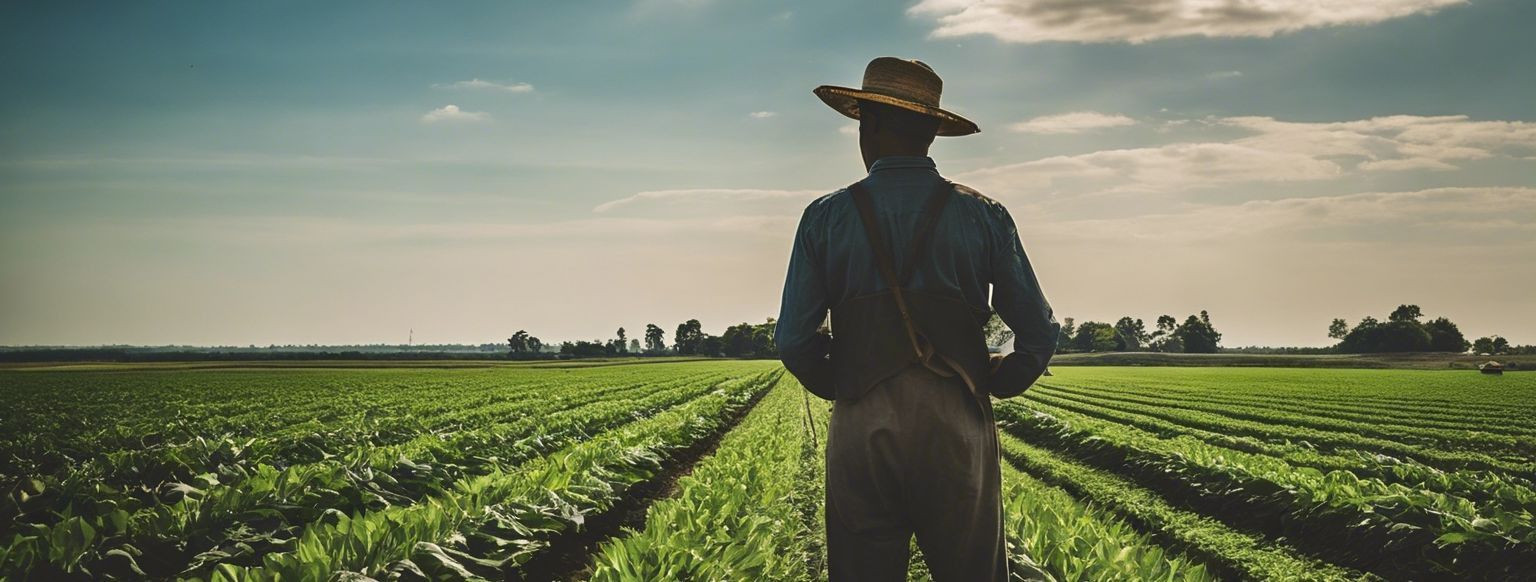5 tips for sustainable crop production
Sustainable crop production is a method of growing crops that aims to meet current food needs without compromising the ability of future generations to meet their own. It involves practices that do not cause long-term harm to the environment and that support the economic viability of farm operations.
Sustainability in agriculture encompasses a range of practices that are ecologically sound, economically viable, and socially responsible. It's about balancing the need for food production with the preservation of environmental resources.
Adopting sustainable practices is crucial for the health of our planet and for the longevity of the agricultural industry. It helps in conserving water, reducing pollution, improving soil health, and promoting biodiversity.
Tip 1: Implement Crop Rotation and Diversity
Crop rotation is the practice of growing different types of crops in the same area in sequenced seasons. It helps in breaking pest and disease cycles, improving soil structure, and enhancing nutrient cycling.
Planting a variety of crops can lead to healthier ecosystems and improved resilience against adverse weather conditions. Diversity also contributes to a balanced diet and can open new markets for farmers.
Tip 2: Utilize Organic Pest Management Strategies
Biological pest control involves the use of natural predators or parasites to manage pest populations. This method reduces the need for chemical pesticides, which can be harmful to the environment.
When necessary, organic pesticides can provide a safer alternative to synthetic chemicals. They are derived from natural sources and are generally less toxic to non-target organisms.
Tip 3: Adopt Conservation Tillage Practices
Conservation tillage includes practices such as no-till, reduced-till, and mulch-till, which help to maintain soil structure, reduce erosion, and conserve moisture.
By minimizing soil disturbance, conservation tillage practices enhance soil organic matter, promote microbial activity, and improve water infiltration.
Tip 4: Efficient Water Management
Efficient irrigation systems like drip or sprinkler irrigation can significantly reduce water usage while ensuring that crops receive the water they need.
Practices such as rainwater harvesting, scheduling irrigation based on soil moisture, and using water-conserving crop varieties are essential for sustainable water management.
Tip 5: Enhance Soil Fertility Naturally
Organic fertilizers, such as compost and manure, release nutrients slowly and improve soil structure. They also reduce the runoff of chemicals that can pollute waterways.
Cover crops, such as legumes and grasses, are planted during off-seasons to protect and enrich the soil. They can fix nitrogen, control weeds, and prevent soil erosion.






Comments (0)